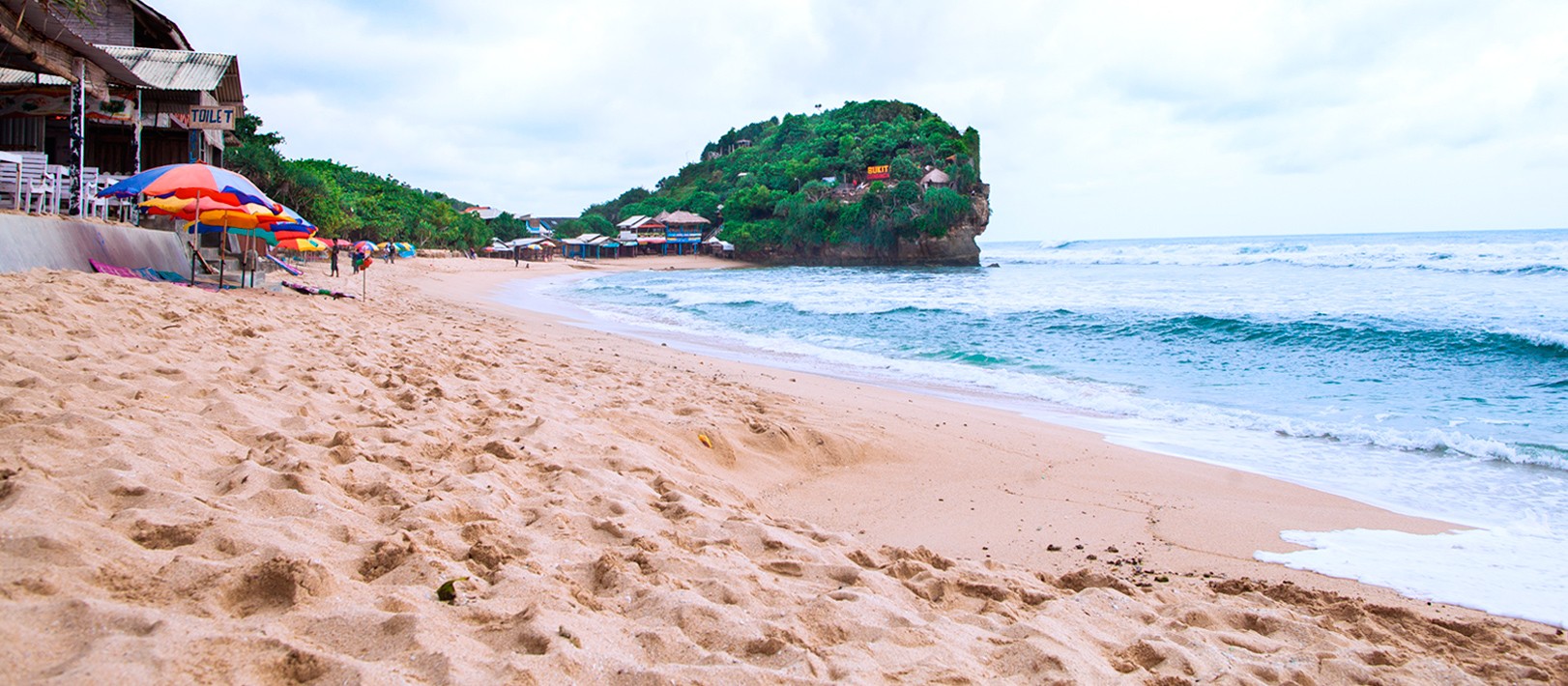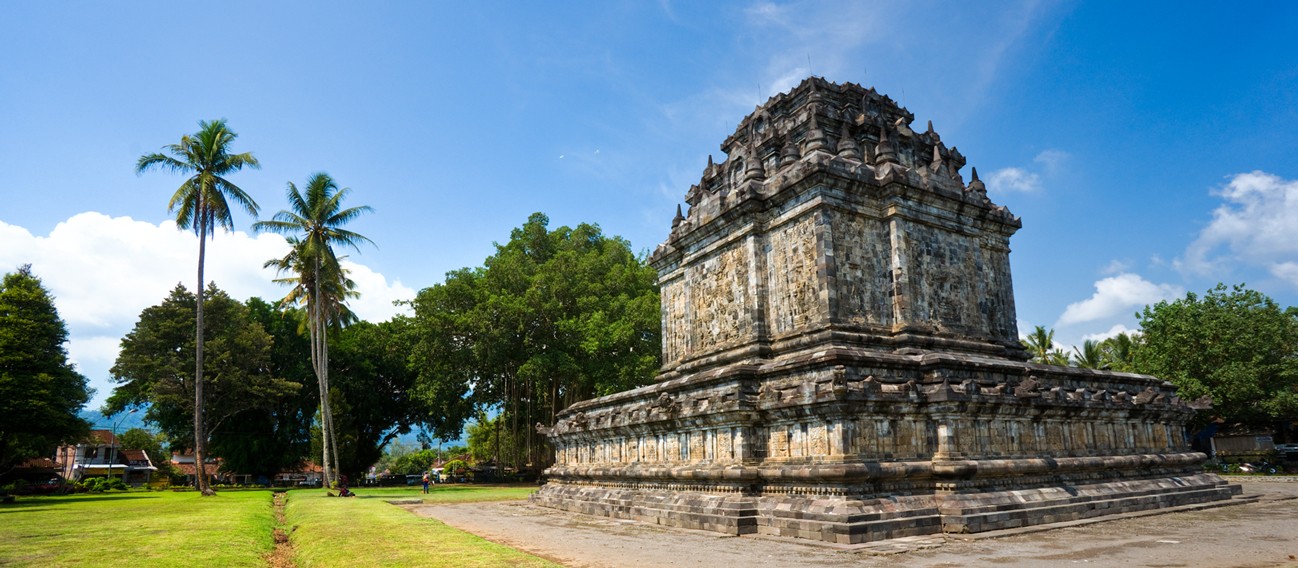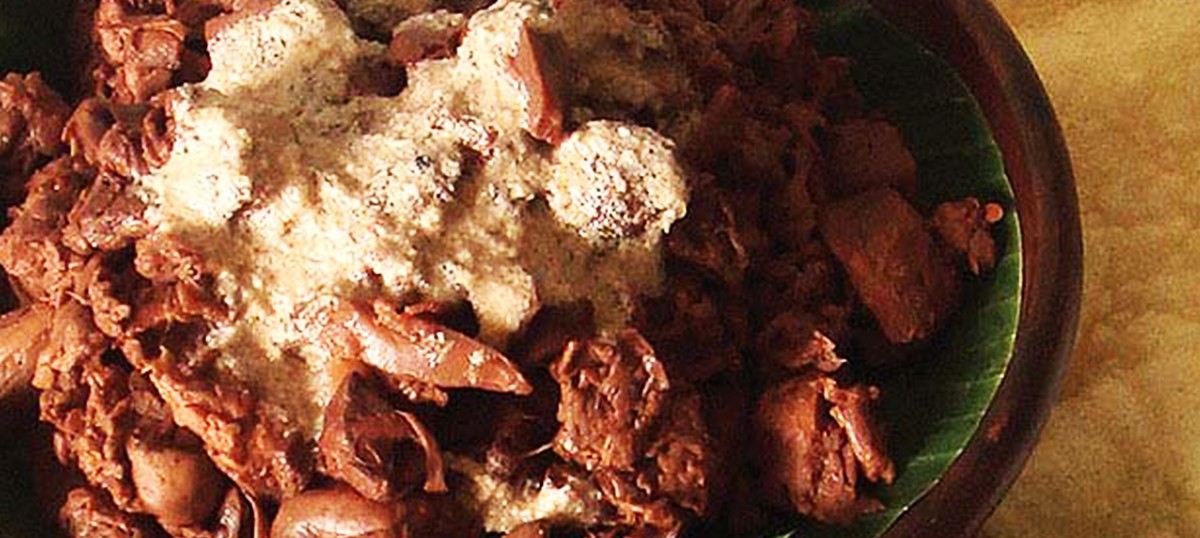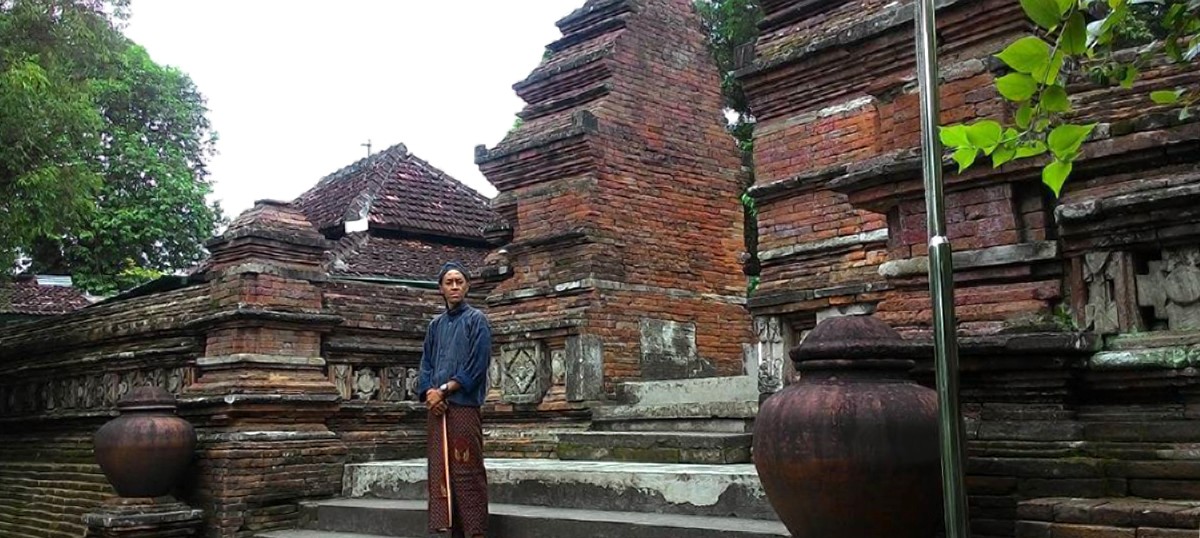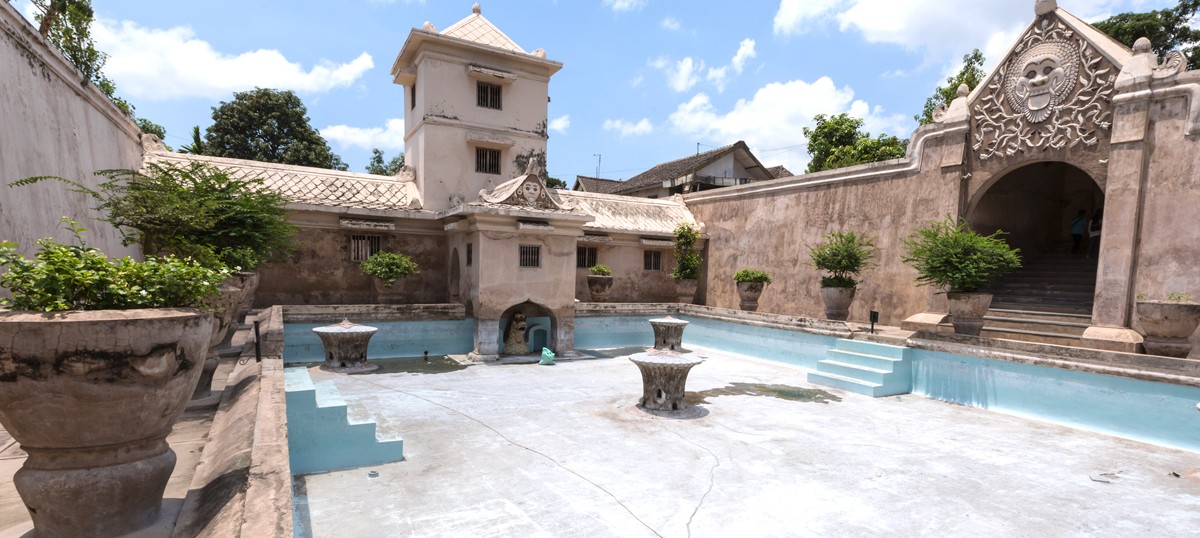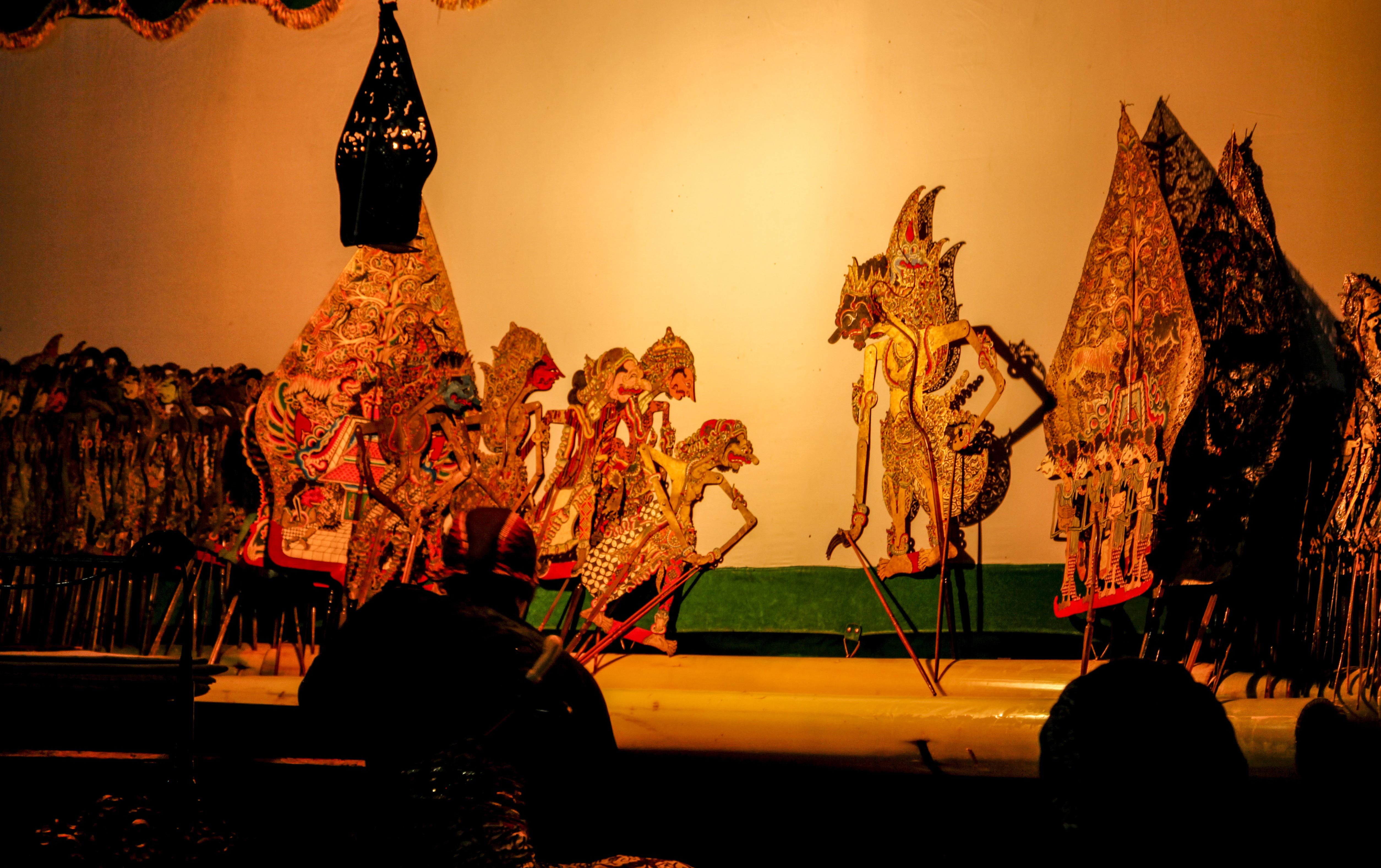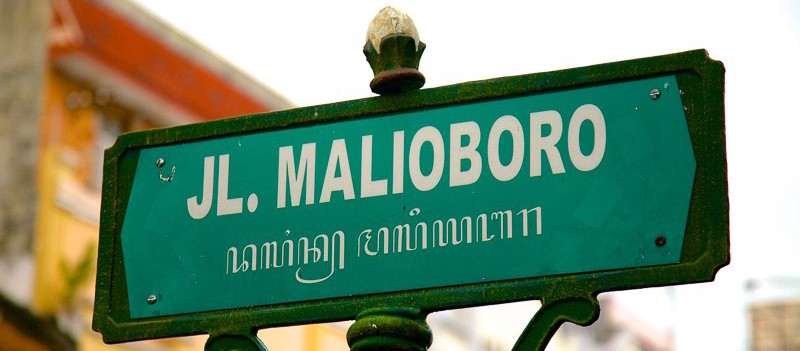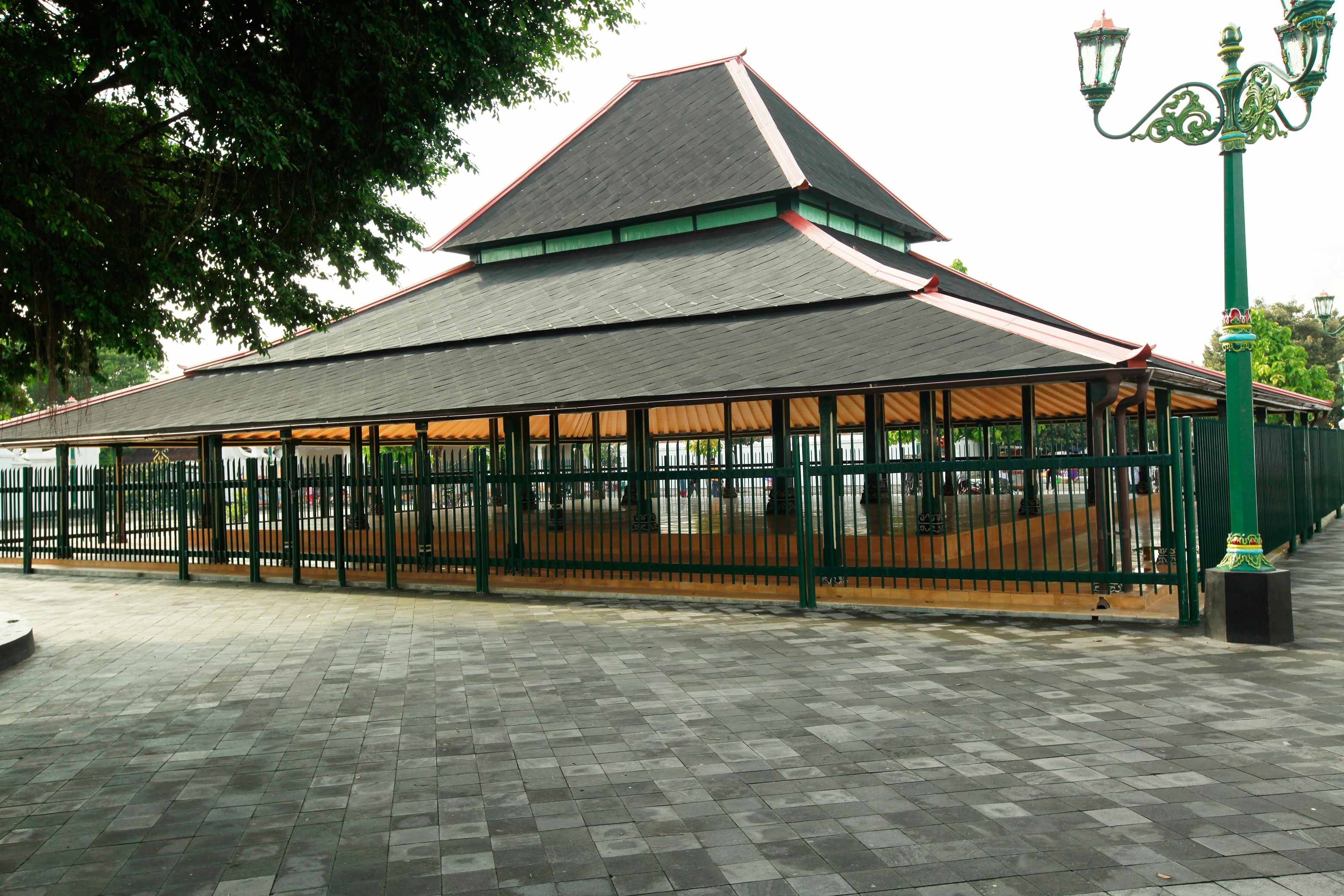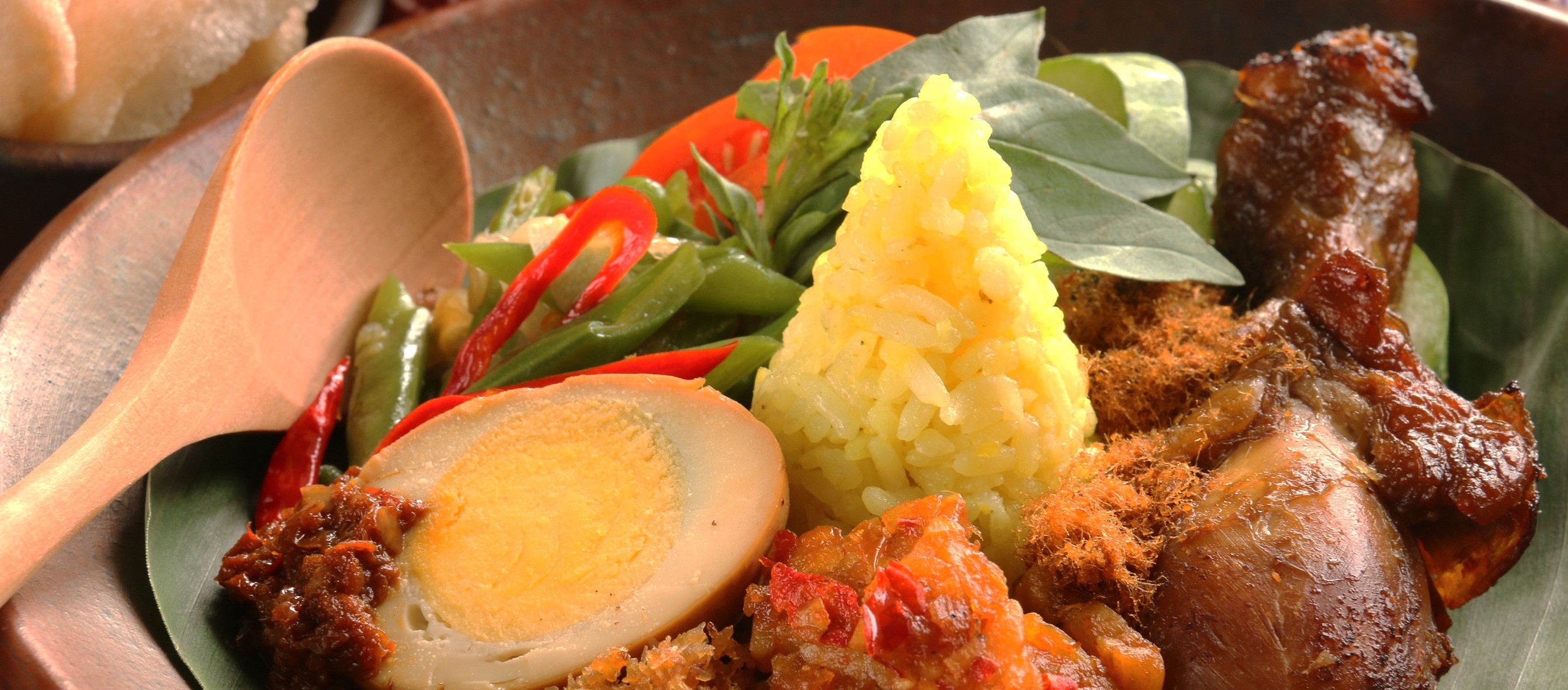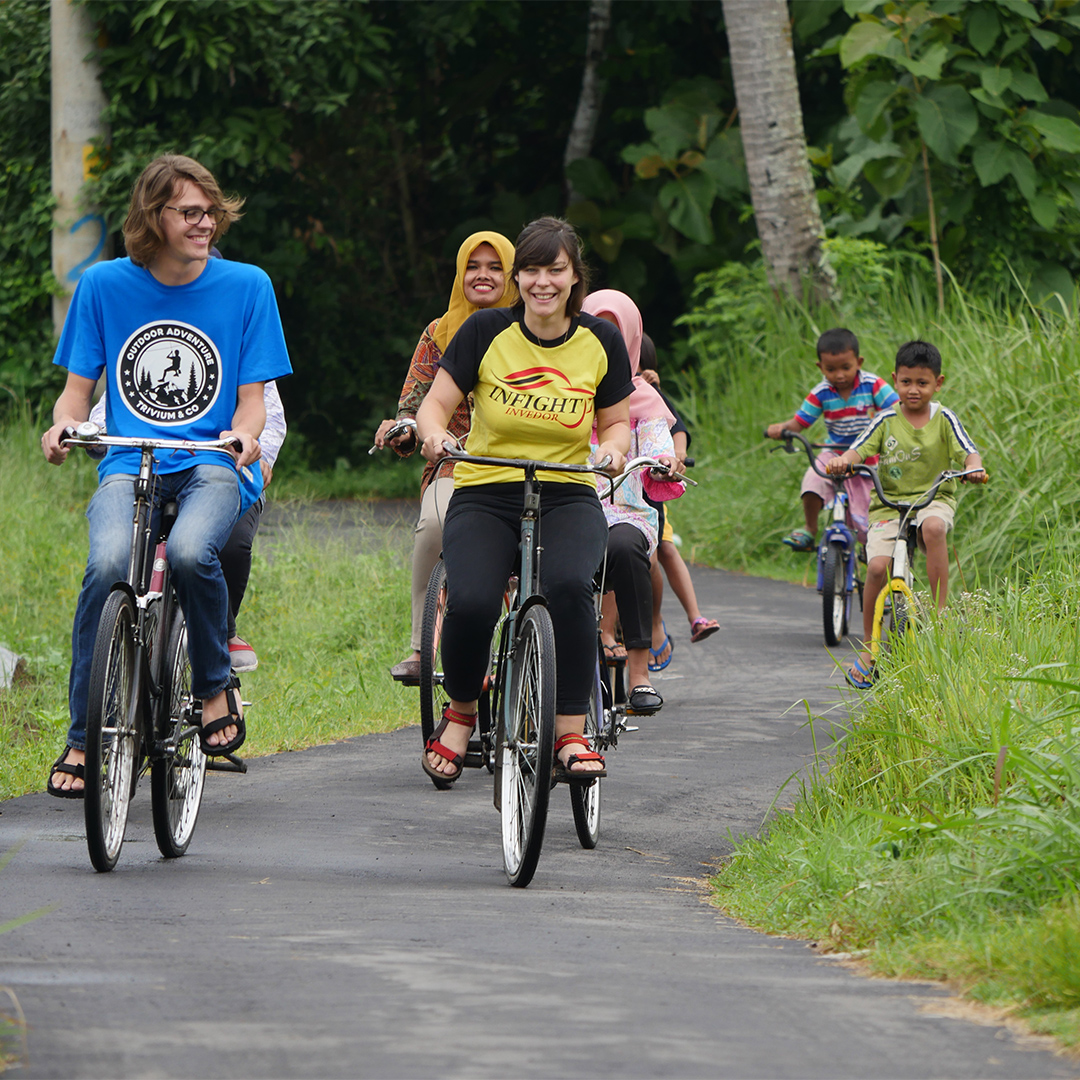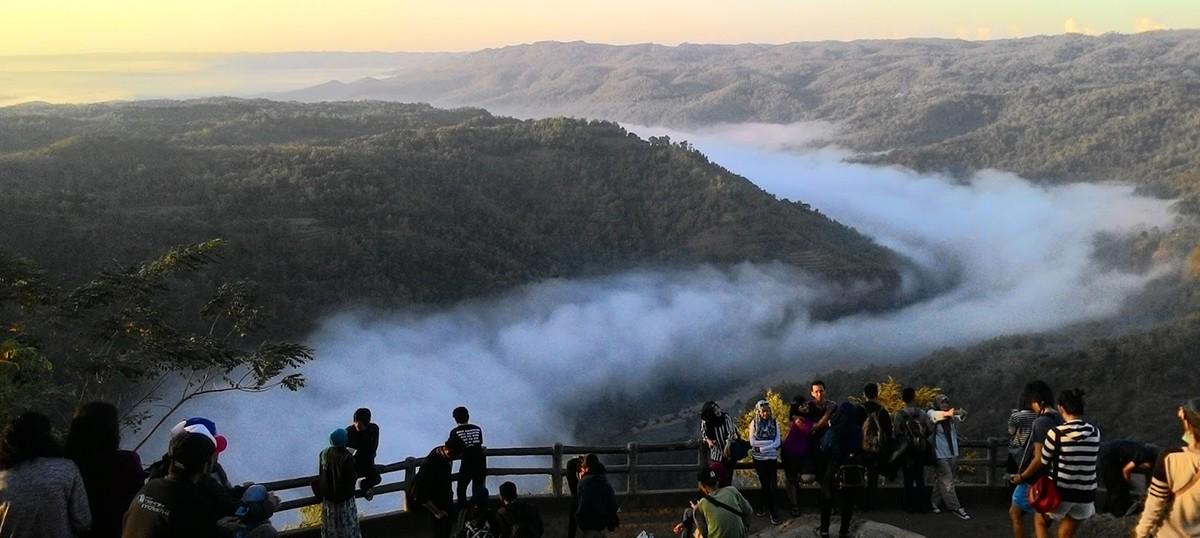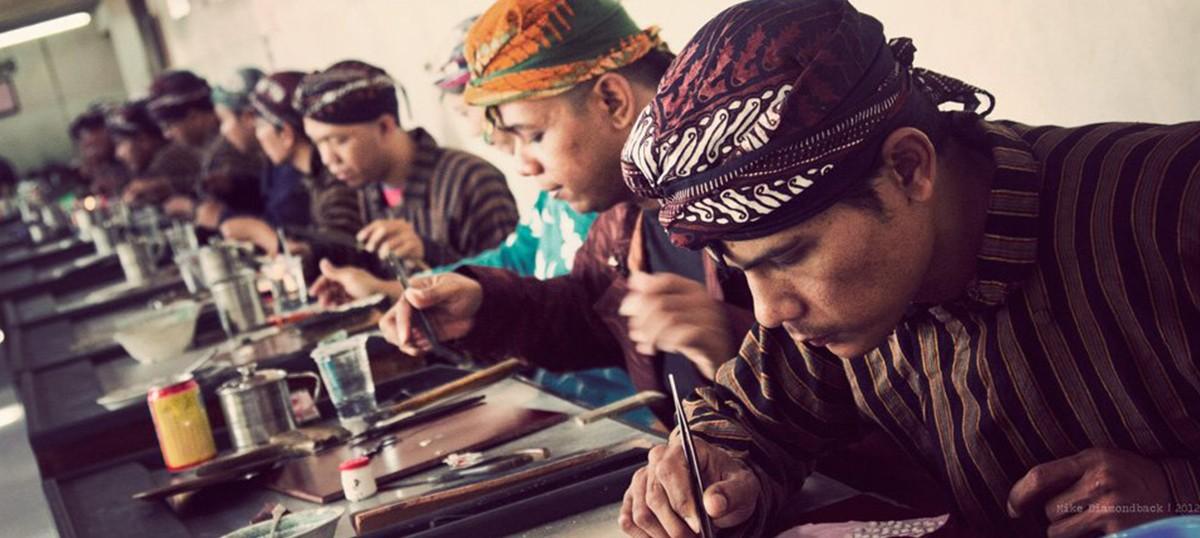The main ingredient of Gudeg is young unripe jackfruit, known locally as gori. In the process, the shredded young jackfruits are boiled with palm sugar and coconut milk over low heat for several hours. It tastes best when cooked in an earthen pot over a wooden or charcoal fire. Garlic, shallot, candlenut, coriander seed, galangal, bay leaves, then teak leaves are added to the mix which gives the reddish brown color to the dish. Dominated by the sweet taste, Gudeg is, therefore, often described as the "young jack fruit sweet stew".
In contrast to the western “fast food”, Gudeg is the perfect example of Javanese slow and thorough cooking. The process of making this traditional jackfruit stew can be tiring and tedious. Almost every part of the process is time consuming, and must be done with precision. Therefore, creating the perfect Gudeg can take almost a full day. In a way, it is a perfect reflection of Javanese philosophy of calmness, patience, and meticulousness, as opposed to rushing and recklessness.
Just like most Indonesian food, Gudeg is served with rice. Other mandatory side dishes that are usually served with Gudeg include: sambel goreng krecek (crisp beef skins fried with chilli and peanuts), opor ayam (a sort of chicken curry drenched in coconut milk), telur pindang (seasoned boiled egg), and tahu or tempe bacem (sweet steamed tofu or soybean cake).
Generally, there are two types of Gudeg: the Wet Gudeg and Dry Gudeg. The wet Gudeg has more coconut milk sauce which resembles gravy. On the other hand, the dry Gudeg has a deep brownish color and caramelized young jackfruit which gives it a sweeter taste. The dry Gudeg, also takes longer to cook since it needs to drain the coconut milk, so that it will also last longer (24 hours when stored in a fridge). There is also another variant of Gudeg which is called Gudeg Manggar. Instead of young unripe jackfruit, Gudeg Manggar uses coconut flower which is locally known as Manggar.
Another version comes from the neighboring city of Solo which is more soupy, since it is added with lots of coconut milk and is whitish in color because teak leaves are generally not added.
Gudeg can be found in almost every part of Yogyakarta; however the most popular place for Gudeg is at Wijilan and Barek. Wijilan is located not too far from the royal palace of Yogyakarta and can be reached by becak trishaw or a 10 minutes' walk from here. There are over 17 restaurants in this area that sell gudeg with their own distinct taste and touch. The other Gudeg center, Barek, is located on the north side of Yogyakarta near the Gadjah Mada University. Here, there are also many restaurants and street-side tents offering this legendary dish.
Here are among some of the most popular Gudeg Restaurants in Yogyakarta:
Gudeg Yu Djum
Kaliurang Street Km4.5 Barek CT III/22
Phone: +62 274 515968
Gudeg Yu Narni
Palagan Tentara Street 102
Phone: +62 274 867231
Gudeg Bu Slamet
Wijilan Street 17
Phone: +62 274 380429
Gudeg Bu Ahmad
Kaliurang Street Km 4.5
Phone: +62 274 520049
Gudeg Bu Tjitro
Janti Street No. 330
Phone: +62 274564734
If New York is called the “Big Apple”, Jakarta is the “Big Durian”, perhaps Yogyakarta, with its brimming sweet taste of Gudeg, could be called the “Big Jackfruit”.




